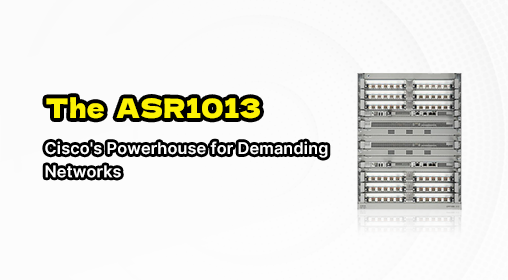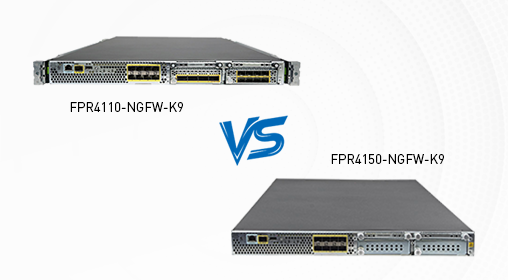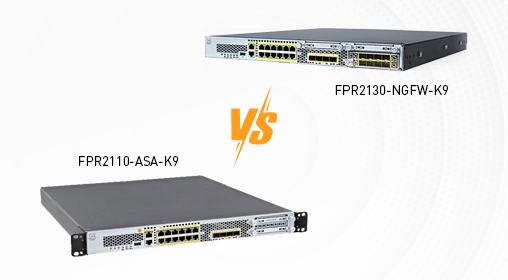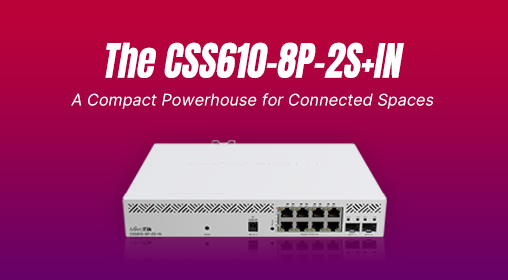














The ASR1013: Cisco's Powerhouse for Demanding Networks
When you need a router that refuses to buckle under pressure, the Cisco ASR1013 enters the conversation. This isn’t just another piece of hardware; it’s the backbone for service providers and large enterprises where every millisecond of uptime counts. Imagine a device built to handle the chaotic data flows of a major internet exchange point or to serve as the core of a cloud gateway—this is the ASR1013’s natural habitat. Its job is straightforward but critical: aggregate massive traffic loads, apply advanced services like encryption and deep packet inspection without breaking a sweat, and do it all with the kind of reliability that lets network engineers sleep at night.
Cisco equipped the ASR1013 with its custom Quantum Flow Processor, a chipset designed to manage heavy workloads intelligently. This isn’t just about raw speed; it’s about maintaining performance even when services like QoS, firewalling, or AVC (Application Visibility and Control) are maxed out. The architecture separates control and data planes, a design choice that prevents management tasks from interfering with packet forwarding. Where smaller siblings like the ASR1004 rely on software-based redundancy, the ASR1013 steps up with full hardware redundancy—dual route processors, redundant power supplies, and more—making it a fortress against component failures.
|
Core Parameter |
Specification |
|---|---|
|
Chassis Type |
Modular, multi-slot design |
|
Forwarding Performance |
Up to 100 Gbps line-rate |
|
Redundancy |
Full hardware redundancy (RP, ESP, PSU) |
|
Software |
Cisco IOS XE |
|
Key Processor |
Cisco Quantum Flow Processor |
|
Power Supply |
Supports quadruple redundant power |
|
Interface Flexibility |
Supports multiple Shared Port Adapters (SPAs) |
Visually, the ASR1013 commands respect. It’s a substantial piece of equipment designed for a data rack, built with a robust chassis that houses its redundant components. The front panel is all business, laid out for serviceability, with slots for Shared Port Adapters (SPAs) that let you customize interfaces—whether you need high-density 10GbE, 100GbE, or legacy T1/E1 connections. The inclusion of multiple, hot-swappable power supplies at the rear is a clear signal that this device is built for non-stop operation.
What truly sets the ASR1013 apart is its integrated service philosophy. Instead of bolting on extra boxes for security or analytics, it bakes these functions into the core system. Think of it as a consolidated network command center: it can apply firewall policies, shape traffic with sophisticated QoS, and give you deep visibility into application performance, all without adding latency or creating single points of failure. The Cisco IOS XE operating system brings modern features like In-Service Software Upgrades (ISSU), allowing you to patch or update the system without scheduling a maintenance window that disrupts users.
For the engineers who operate it, the ASR1013 inspires a particular kind of confidence. The combination of the familiar Cisco IOS XE command line and the rock-solid hardware means configurations behave predictably. It’s the type of device that, once properly configured, just runs. You’re not constantly fighting stability issues or performance drops. The hardware redundancy is a tangible relief; knowing that a failed power supply or processor won’t trigger a network-wide outage reduces daily stress levels significantly. However, this capability comes with a steeper learning curve. Leveraging its full potential requires a deeper understanding of high-availability configurations compared to simpler models.
In terms of value, the ASR1013 sits in a interesting spot. It’s undoubtedly a significant investment, not just in the initial purchase but also in terms of the power and space it consumes. Yet, for organizations where network downtime translates directly to massive financial loss or severe reputational damage, its cost becomes justified. The value proposition isn’t about being cheap; it’s about providing an insurance policy against failure. When you compare it to building a similar level of resilience with multiple, smaller devices, the ASR1013’s all-in-one, streamlined approach can actually lead to operational savings and reduced complexity over time.
No piece of gear is perfect, and the ASR1013 is no exception. Its primary strength is also its main drawback for some: its scale. It’s overkill for a regional office or a standard enterprise edge. Its physical size, power appetite, and operational complexity make it unsuitable for smaller deployments. Furthermore, as a platform that has been succeeded by even newer models, anyone considering it must be diligent about checking its official lifecycle status with Cisco to ensure long-term software support and hardware availability.
In the end, the Cisco ASR1013 is a specialist tool for heavyweight tasks. It may not be the flashiest or newest router on the market, but for those who need its specific blend of brute-force performance, integrated services, and uncompromising hardware redundancy, it remains a formidable and deeply trustworthy solution. It’s the anchor of a network that simply cannot afford to fail.




